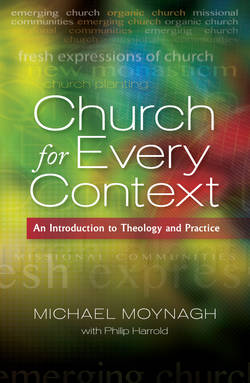Читать книгу Church for Every Context - Michael Moynagh - Страница 39
На сайте Литреса книга снята с продажи.
Rome
ОглавлениеIn Rome there was a similar pattern of scattered house-based churches. Robert Jewett has suggested that the bulk of the early Christians lived in the slum districts of Rome. Two-thirds of the names in Romans 16 indicate a Greek rather than Latin background, which suggests they were immigrants. Of the 13 names about which something certain can be said, nine have slave origin (Jewett, 2007, p. 63).
Christians in slum neighbourhoods would have met either in one of the workshop areas on the ground floor of a tenement block, or in a temporarily cleared space on one of the upper floors. The rooms on these floors were too small to accommodate a church, but – according to Jewett – the partitions between rooms were flimsy. Neighbouring families, each occupying one tiny room, may have temporarily removed the partitions to create a large enough space to hold perhaps 10 to 20 people,14 who would typically have lived nearby and whose social and ethnic backgrounds would have had much in common.
In the wealthier areas of Rome were luxury apartments and for the very rich entire houses. Some churches met in these parts of the city (Jewett, 2007, p. 64–5), drawing on different networks than the tenement churches. In addition to slaves and family members, the head of the household would have had a number of clients, reflecting the ubiquitous system of patronage. Some of these almost certainly would have attended the church.
There is no evidence that the house churches periodically met together, but they were clearly well networked. Paul could address his letter ‘to all in Rome’ (Rom. 1.7), which implies that the letter was passed from gathering to gathering. If they were not already meeting together, did Paul encourage them to do so when he arrived in Rome?
